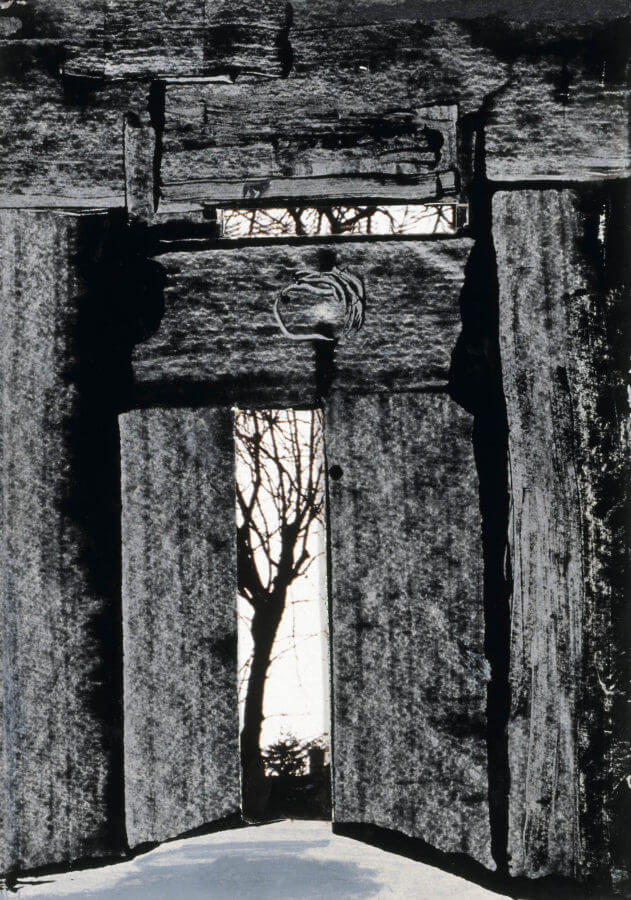The elsewhere that comes from the other”
by Pierre Restany, Paris, march 1990Extract from the publication Behjat Sadr. Traces, Paris, Zamân Books, 2014.
Behjat Sadr’s vision is timeless. It concerns the secondary memory of a reality becoming a dream. Whether or not she uses photographic collage, Behjat Sadr’s painting reminds us of the infinite transparencies of memory – the memory of childhood, holidays, everyday life and strong emotions. Behjat Sadr’s homeland is the diary of her identity and its tribulations. Her work expresses the perpetual nomadic comings and goings of thought. She converses with her country like she converses with the other. Iran today is Iran eternal. And from this eternal Iran, after all is recent lacerations, remains something elusive and very profound in Behjat Sadr’s work. But above all, Iran today is the “other” – one who is no longer exactly the same and will never precisely match the memory of its identity. So how can Behjat Sadr find herself again? In this existential space of the page and the canvas that fascinates and inspires, this interstitial space of her reason for living and painting – until she reaches the otherness that comes from the other.
